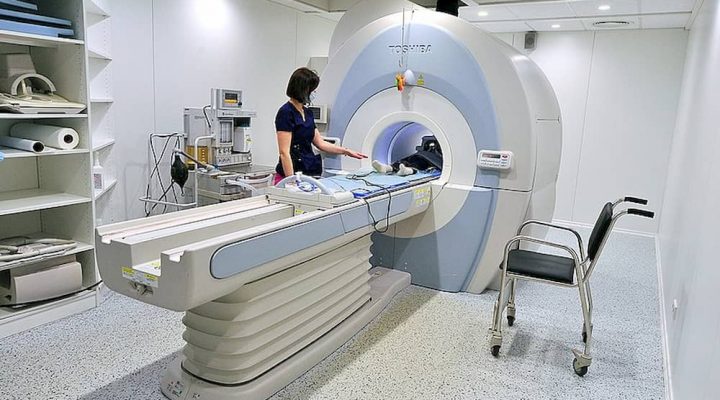A Kaiser Nurse from Redwood City California sustained a work-related injury when she was pinned between an MRI machine and a between a bed. She received “deep lacerations requiring surgery after two screws became embedded in her body.” Dailymail.com
It is reported that a probe found that the medical facility ‘failed to provide radiologic services in a safe manner’. Kaiser is now subject to an $18,000.00, fine. Supra. It was noted that the “report found there were several breaches of protocol around the use of the machine, a diagnostic tool used to scan the body using magnetic fields and radio waves.” Supra.
This article will address claims for Serious and Willful Misconduct and how Safety Violations may matter with respect to a workers’ compensation claims.
Are Serious & Willful Misconduct Treated Different From Regular Work Injury Claims?
Yes. Serious & Willful Misconduct claims are secondary matters with respect to a workers’ compensation claim. They require a court filing within one year of the date of the injury. There is a definite statute of limitations that must be complied with in order to pursue such an action. A Petition must be filed timely!
What Labor Code Sections Apply To Serious and Willful Misconduct ( S & W) Claims?
There are two Labor Code Sections which apply to S & Ws.. First, there is California Labor Code § 4553 which provides that: “[t]he amount of compensation otherwise recoverable shall be increased one-half, together with costs and expenses not to exceed two hundred fifty dollars ($250), where the employee is injured by reason of the serious and willful misconduct of any of the following: (a) The employer, or his managing representative. (b) If the employer is a partnership, on the part of one of the partners or a managing representative or general superintendent thereof. (c) If the employer is a corporation, on the part of an executive, managing officer, or general superintendent thereof.
Further, Labor Code § 4553.1 which provides that “[i]n order to support a holding of serious and willful misconduct by an employer based upon violation of a safety order, the appeals board must specifically find all of the following: (1) The specific manner in which the order was violated. (2) That the violation of the safety order did proximately cause the injury or death, and the specific manner in which the violation constituted the proximate cause. (3) That the safety order, and the conditions making the safety order applicable, were known to, and violated by, a particular named person, either the employer, or a representative designated by Section 4553, or that the condition making the safety order applicable was obvious, created a probability of serious injury, and that the failure of the employer, or a representative designated by Section 4553, to correct the condition constituted a reckless disregard for the probable consequences.
How Can This Worker Prevail In Her Serious and Willful Misconduct Claim?
For an Injured Worker to prevail and receive the additional compensation, they must prove their case before the WCAB. Therefore, a finding must be made based upon evidence. There must be evidence presented showing both the safety order and the violation of the safety order. Alternatively, a Serious and Willful Claim can be proven under a different theory. As per case law, “[u]nder Mercer-Fraser, willful misconduct occurs when the employer knowingly places the employee in a situation of obvious danger and takes no precautions to protect the employee. Employers must “refrain from such deliberate, knowing and intentional failure to take safety precautions, whereby its employes [sic] were intentionally subjected to known, serious, unnecessary and unreasonable hazards.” [emphasis added]
What If I Need Legal Advice?
If you would like a free consultation regarding workers’ compensation, please contact the Law Offices of Edward J. Singer, a Professional Law Corporation. We have been helping people in Central and Southern California deal with their workers’ compensation cases for 30 years. Contact us today for more information.

